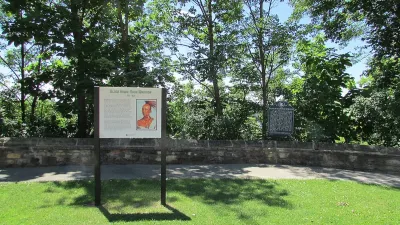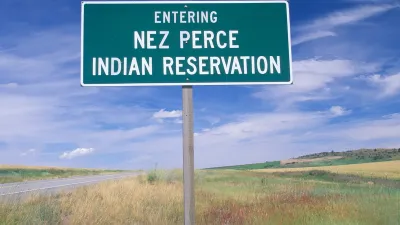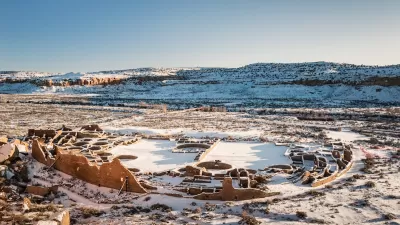After decades of advocacy, the Spirit Lake Nation successfully reclaimed 680 acres of its original treaty land from the U.S. Fish and Wildlife Service, marking a significant step toward healing and future development.

The Spirit Lake Nation has reclaimed 680 acres of land that was originally part of its 1867 treaty territory but had been taken more than a century ago. As reported by Stewart Huntington, the U.S. Fish and Wildlife Service transferred the land on February 10, marking the culmination of decades of advocacy by the tribe. Spirit Lake Chairwoman Lonna Jackson-Street called the return a “significant step towards healing and reconciliation,” expressing gratitude for government partners who supported the effort.
The land had been removed from the tribe’s control in 1905 by President Theodore Roosevelt and later deemed “submarginal” in the 1950s. Although Congress had initiated efforts to return such lands to Native nations, the Fish and Wildlife Service retained this property for hay production to support the buffalo population at White Horse Hill. However, in recent years, the land remained unused, leading to its eventual transfer by the General Services Administration.
The reclaimed land, located within the original reservation boundaries, contains native and medicinal plants that the tribe plans to preserve. While there are no immediate development plans, Spirit Lake leadership is considering using the land for expanded medical facilities and housing. The tribe is also seeking the return of an additional 300 acres from the federal government, remaining hopeful about future land restoration efforts.
FULL STORY: LANDBACK: Spirit Lake Nation regains land from Fish and Wildlife Service

Trump Administration Could Effectively End Housing Voucher Program
Federal officials are eyeing major cuts to the Section 8 program that helps millions of low-income households pay rent.

Planetizen Federal Action Tracker
A weekly monitor of how Trump’s orders and actions are impacting planners and planning in America.

Ken Jennings Launches Transit Web Series
The Jeopardy champ wants you to ride public transit.

Washington Legislature Passes Rent Increase Cap
A bill that caps rent increases at 7 percent plus inflation is headed to the governor’s desk.

From Planning to Action: How LA County Is Rethinking Climate Resilience
Chief Sustainability Officer Rita Kampalath outlines the County’s shift from planning to implementation in its climate resilience efforts, emphasizing cross-departmental coordination, updated recovery strategies, and the need for flexible funding.

New Mexico Aging Department Commits to Helping Seniors Age ‘In Place’ and ‘Autonomously’ in New Draft Plan
As New Mexico’s population of seniors continues to grow, the state’s aging department is proposing expanded initiatives to help seniors maintain their autonomy while also supporting family caregivers.
Urban Design for Planners 1: Software Tools
This six-course series explores essential urban design concepts using open source software and equips planners with the tools they need to participate fully in the urban design process.
Planning for Universal Design
Learn the tools for implementing Universal Design in planning regulations.
Heyer Gruel & Associates PA
Ada County Highway District
Institute for Housing and Urban Development Studies (IHS)
City of Grandview
Harvard GSD Executive Education
Toledo-Lucas County Plan Commissions
Salt Lake City
NYU Wagner Graduate School of Public Service





























